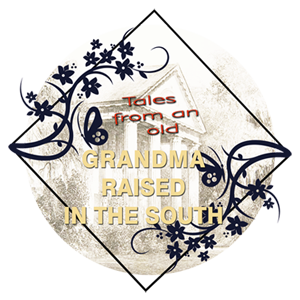
Your family is more than just your direct ancestors.
If you haven’t found great stories (or details for a specific story), make sure you’re including everyone.
You should never overlook the siblings and even consider the FAN club (Family, Associates, and Neighbors).
A “story” may not be found by researching a particular person involved in it, it may be found when researching someone else completely, including the non-relatives involved.
It did for me! I took some time, but I was able to locate a great-uncle through researching his mother’s siblings!
If that story isn’t your driving focus, the same concept applies if you just want to further your research.
Sometimes the records we need just aren’t found with that one person we are interested in.
Their “story” may involve others and the records may not be found with them but in a sibling or cousin.
Obviously, you have no idea who this will be, so researching those siblings could be the key to finding the story.
Do some brainstorming or planning that’s related to this concept. Who knows what you might uncover!
Remember, Your family is more than just your direct ancestors.
A really common record type for “stories” – newspapers. I learned this from my grandfather and my great-grandaunt. Their correspondence almost always included a newspaper clipping about a family member.
I wasn’t always obituaries. My great-grandaunt and her husband owned and operated a newspaper. Therefore, she had access to many different happenings that sometimes connected with our ancestors.
Another one many genealogists overlook – census records.
You need to suck the census dry looking for clues to help further your research but those same clues can help you find (including writing) your family’s story.
You can learn more than just names, ages, and birthplaces, from U.S. federal census records.
Each census year there are different questions asked and different abbreviations. The instructions that were given to census enumerators are available online and for free. You’ll need to search by year. This is far more detailed than the tiny headers found at the top of each column of the actual census form. In fact, you may find the instructions indicate a column has a slightly different purpose than you thought.

Hopefully, you are aware that census records are full of errors! This is another reason to use the instructions, if possible. You remove one variable by knowing what the enumerator was “supposed” to record.
If you know how to find every piece of information (and correctly interpret it), take a look at a census record for someone of interest and see if you find more story than you found before.
Don’t overlook those collateral relatives whose census story might help uncover a story about your direct ancestors, or just be fascinating on its own.

